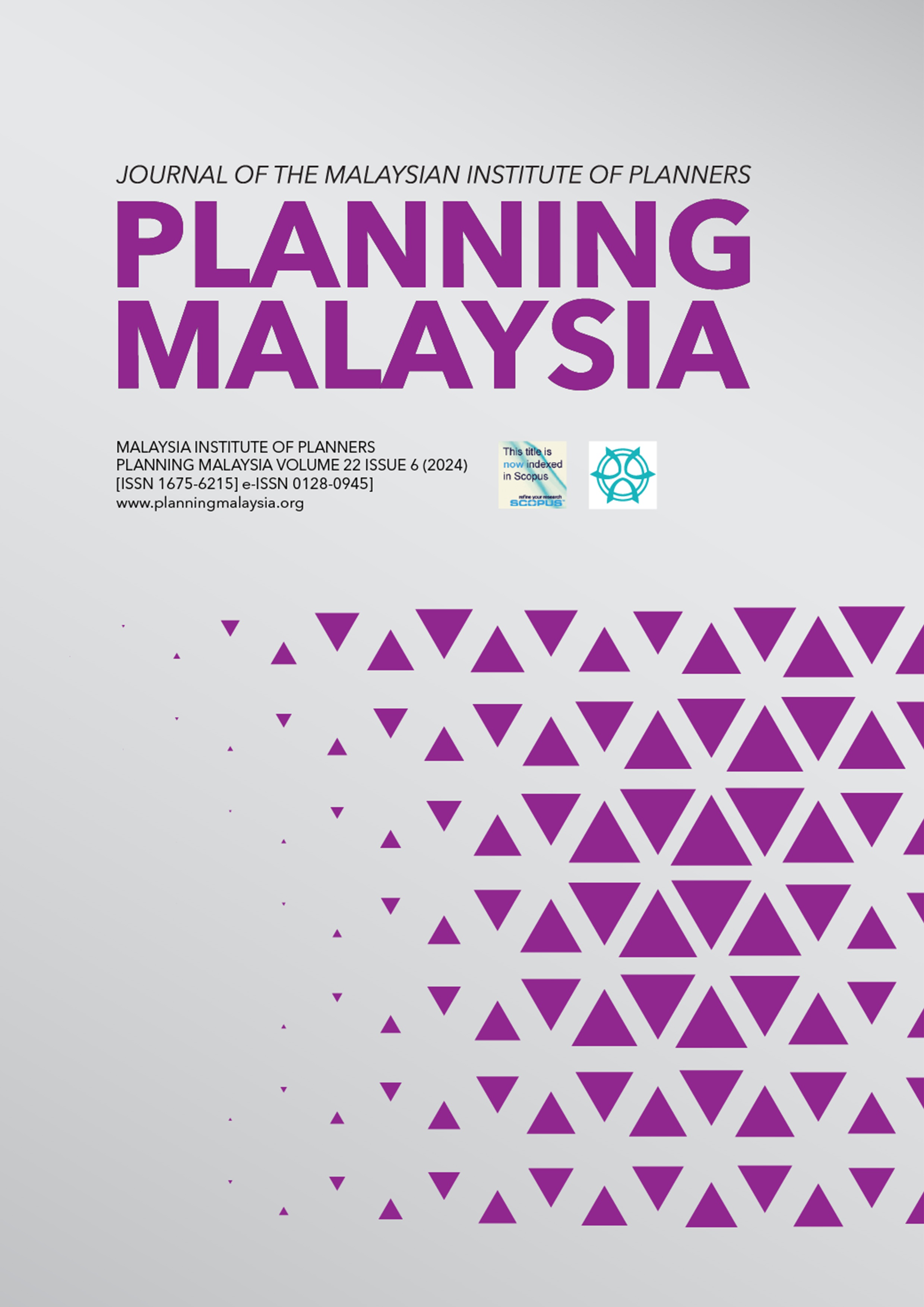THE INFLUENCE OF OUTDOOR SPACE SPATIAL ECOLOGICAL ENVIRONMENT FOR THE ELDERLY
DOI:
https://doi.org/10.21837/pm.v22i34.1651Keywords:
Spatial Ecological Environment, Outdoor, Elderly, Physical, Psychological, ActivitiesAbstract
Outdoor activities improve the physical and mental health of the elderly. Only an excellent outdoor environment can attract the elderly, increase the frequency of their activities, and improve their quality. However, there is a lack of research on urban outdoor environmental factors that influence the outdoor activities of elderly people in China. This study aims to explore outdoor environmental elements suitable for the elderly in China, explore the impact of the environment on the activities of the elderly, and better design outdoor environments for the elderly. The study selected Beishan Park in Qingdao, China, as the research location because of its outdoor environment. It explored three aspects: the physical environment, the psychological environment, and the ecological environment. A survey questionnaire was written for data collection. The data was analysed using PLS-SEM to analyse the relationship between outdoor environmental factors. The research findings indicate that the ecological environment, which fosters both the physical and psychological environments, significantly influences the outdoor activities of the elderly population. A good ecological environment can encourage the elderly to spend more time outdoors. This paper discusses the important outdoor environmental factors that affect the outdoor activities of the elderly, provides a basis for improving the outdoor environment and outdoor activities of the elderly in Chinese cities, and also provides a reference for designers and related personnel.
Downloads
References
Chen, L. & Ng, E. (2012). Outdoor thermal comfort and outdoor activities: A review of research in the past decade. Cities, 29(2), 118–125. https://doi.org/10.1016/j.cities.2011.08.006 DOI: https://doi.org/10.1016/j.cities.2011.08.006
Franke, G. & Sarstedt, M. (2019). Heuristics versus statistics in discriminant validity testing: a comparison of four procedures. Internet Research, 29(3), 430–447. https://doi.org/10.1108/INTR-12-2017-0515/FULL/XML DOI: https://doi.org/10.1108/IntR-12-2017-0515
Googlemaps. (2024). Beishan Park, Qingdao City, Shandong Province, China.
Hair, J. F., Risher, J. J., Sarstedt, M. & Ringle, C. M. (2019). When to use and how to report the results of PLS-SEM. European Business Review, 31(1), 2–24). Emerald Group Publishing Ltd. https://doi.org/10.1108/EBR-11-2018-0203 DOI: https://doi.org/10.1108/EBR-11-2018-0203
Hair, J. F., Sarstedt, M. & Ringle, C. M. (2019). Rethinking some of the rethinking of partial least squares. European Journal of Marketing, 53(4), 566–584. https://doi.org/10.1108/EJM-10-2018-0665/FULL/XML DOI: https://doi.org/10.1108/EJM-10-2018-0665
Ibrahim, F. I., Nadia, N. A., & Xingrui, C. (2024). Psychological effects of green spaces on walking accessibility. Planning Malaysia, 22(3), 543-558. DOI: https://doi.org/10.21837/pm.v22i32.1525
https://doi.org/10.21837/pm.v22i32.1525
Jing, L. & Misni, A. (2024). The Relationship between Outdoor Environment and Recreational Activities of the Elderly Based on Behavioral Mapping A Case Study at Beishan Park, Qingdao City, China. International Review for Spatial Planning and Sustainable Development,12(4), 202-224. https://doi.org/10.14246/irspsd.12.4_202 DOI: https://doi.org/10.14246/irspsd.12.4_202
Jing, L. & Misni, A. (2023). Seniors’ Outdoor Survey: Comparing Assessment Results and Interrater Reliability for Outdoor Environmental Spaces A Case Study of Shuiqinggou Park, Qingdao City, China. International Review for Spatial Planning and Sustainable Development,11(3), 20-43. http://dx.doi.org/10.14246/irspsd.11.3_20 DOI: https://doi.org/10.14246/irspsd.11.3_20
Li, K., Zhang, Y. & Zhao, L. (2016). Outdoor thermal comfort and activities in the urban residential community in a humid subtropical area of China. Energy and Buildings, 133, 498–511. https://doi.org/10.1016/j.enbuild.2016.10.013 DOI: https://doi.org/10.1016/j.enbuild.2016.10.013
Lohr, V. I. & Pearson-Mims, C. H. (2006). Responses to scenes with spreading, rounded, and conical tree forms. Environment and Behaviour, 38(5), 667–688. https://doi.org/10.1177/0013916506287355 DOI: https://doi.org/10.1177/0013916506287355
Misni, A., Jamaluddin, S., & Kamaruddin, S. M. (2015). Carbon sequestration through urban green reserve and open space. Planning Malaysia, 13(5), 101-122. https://doi.org/10.21837/pm.v13i5.142 DOI: https://doi.org/10.21837/pmjournal.v13.i5.142
Orians, G.H. (2022). An ecological and evolutionary approach to landscape aesthetics. Landscape Meanings and Values, 3-25. https://doi.org/10.4324/9781003270270-2 DOI: https://doi.org/10.4324/9781003270270-2
WHO. (2002). Active Ageing: A Policy Framework. http://www.who.int/hpr/
Xu, L. & Lyu, G. (2022). Influence of Urban Atmospheric Ecological Environment on the Development of Outdoor Sports. In Mathematical Problems in Engineering. Hindawi Limited. https://doi.org/10.1155/2022/1931075 DOI: https://doi.org/10.1155/2022/1931075
Zeisel, J. (2007). Creating a Therapeutic Garden That Works for People Living with Alzheimer’s. Journal of Housing for the Elderly, 21(1–2), 13–33. https://doi.org/10.1300/J081V21N01_02 DOI: https://doi.org/10.1300/J081v21n01_02
Downloads
Published
How to Cite
Issue
Section
License

This work is licensed under a Creative Commons Attribution-NonCommercial-NoDerivatives 3.0 Unported License.
Copyright & Creative Commons Licence
eISSN: 0128-0945 © Year. The Authors. Published for Malaysia Institute of Planners. This is an open-access article under the CC BY-NC-ND license.
The authors hold the copyright without restrictions and also retain publishing rights without restrictions.


